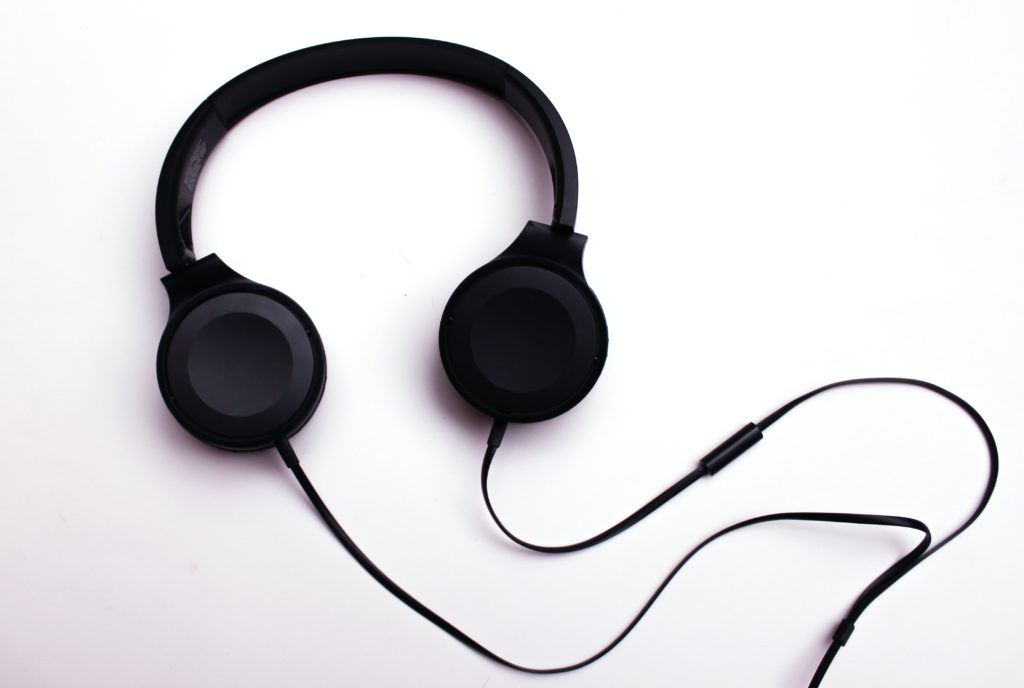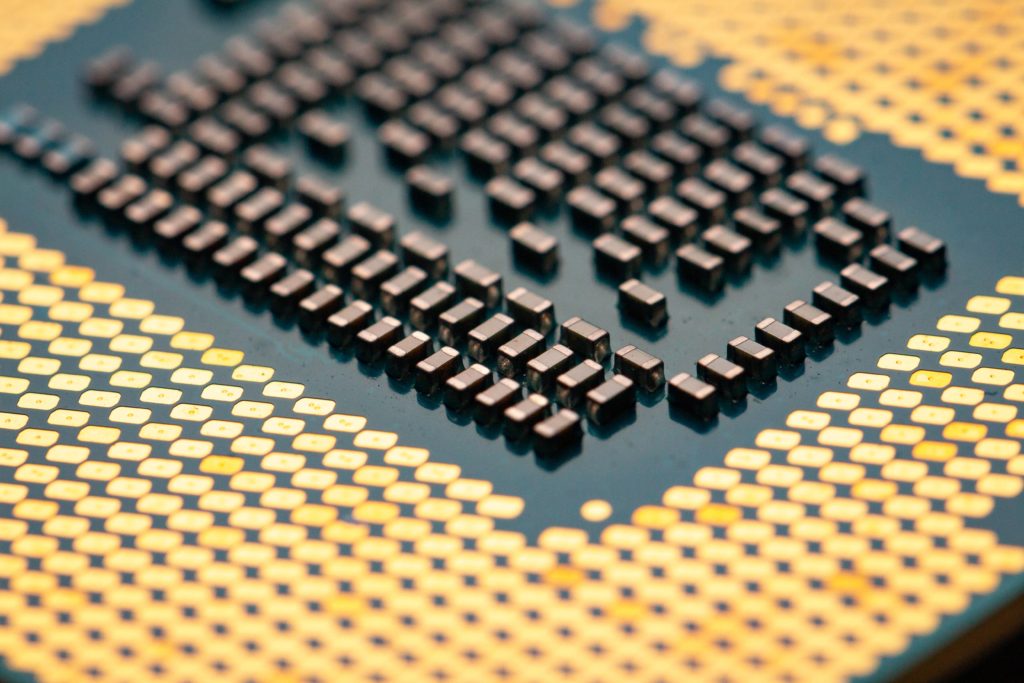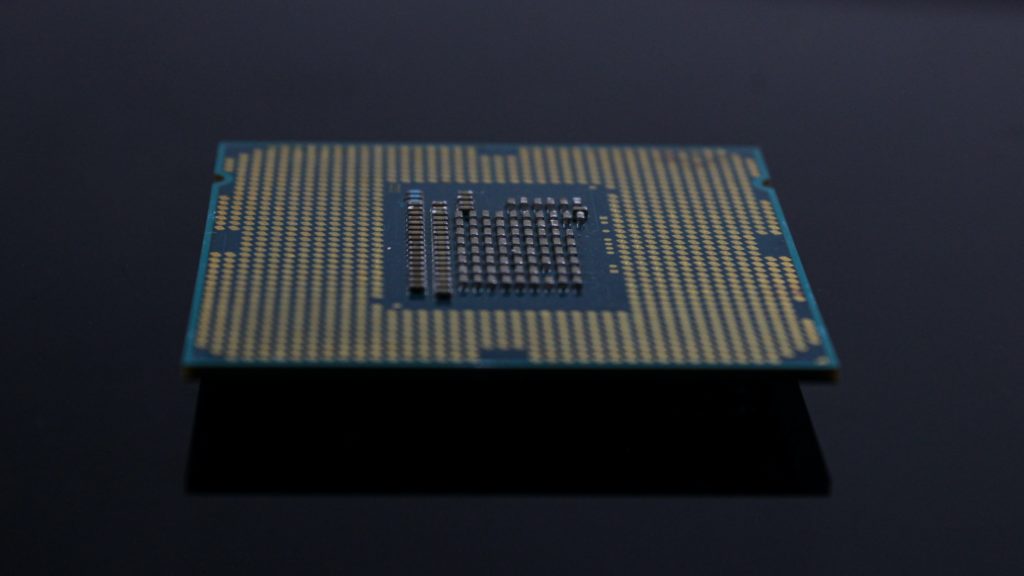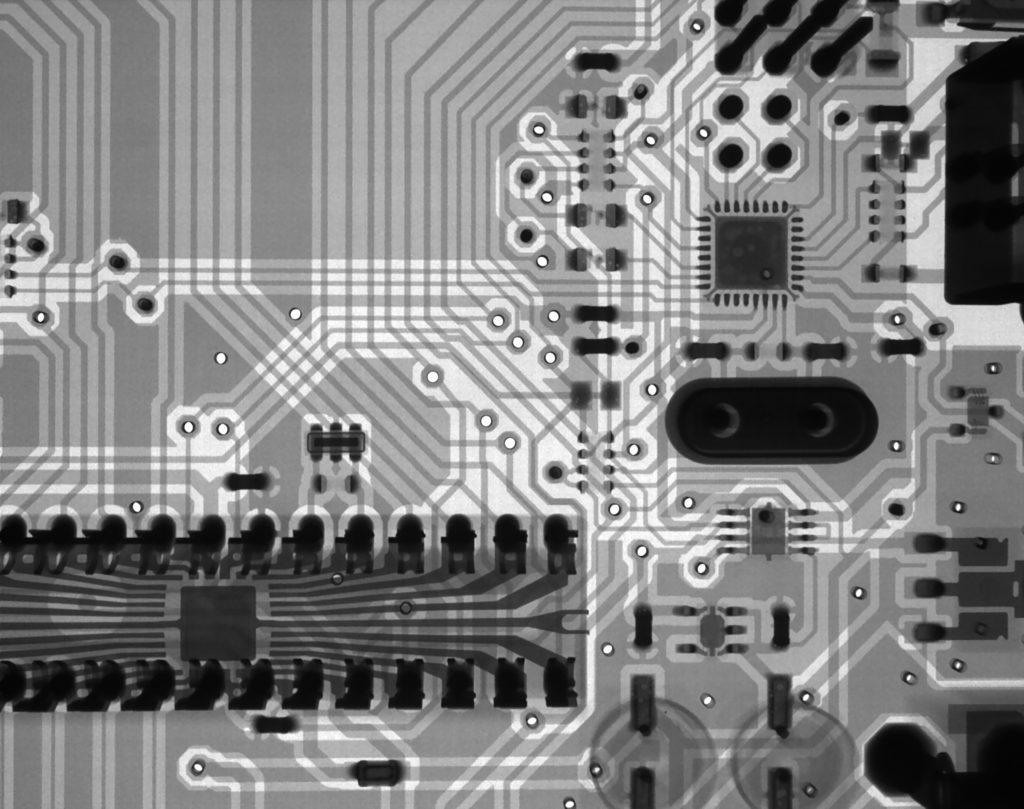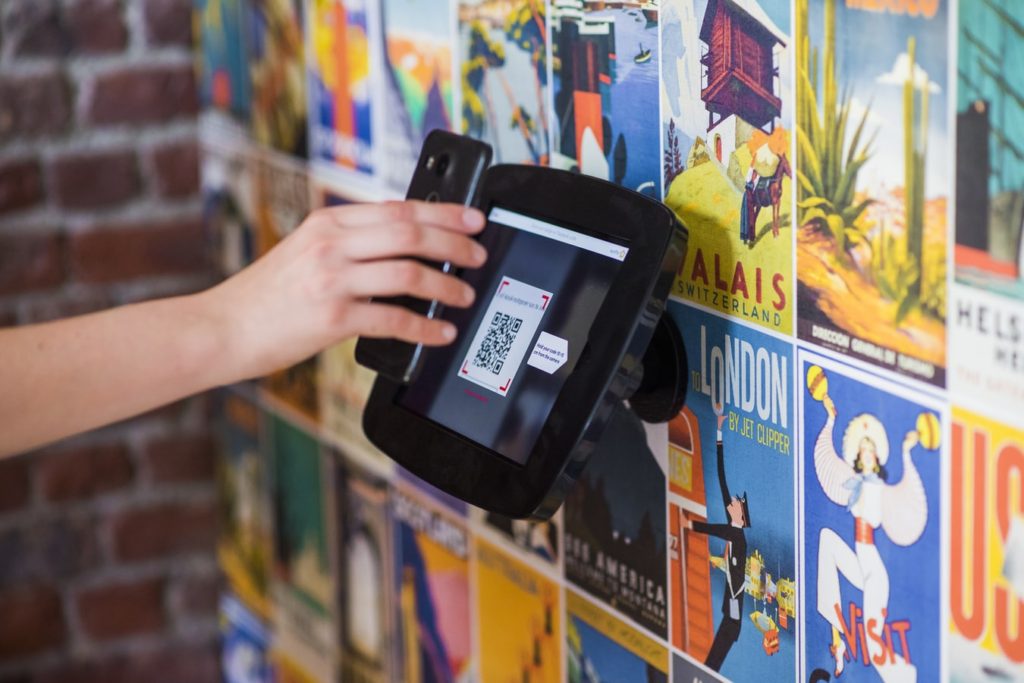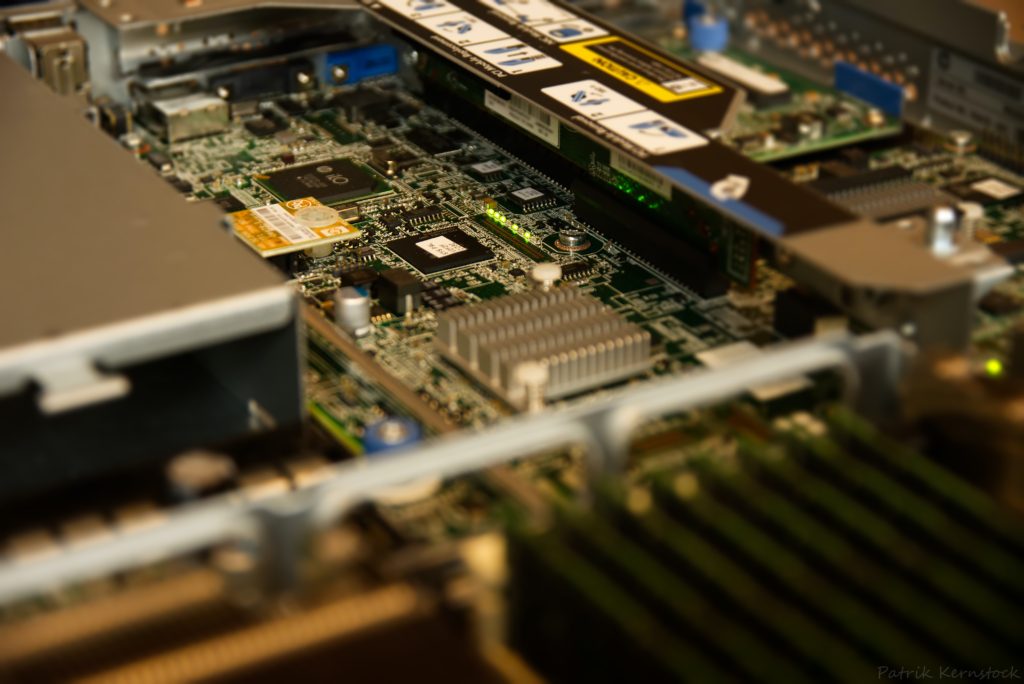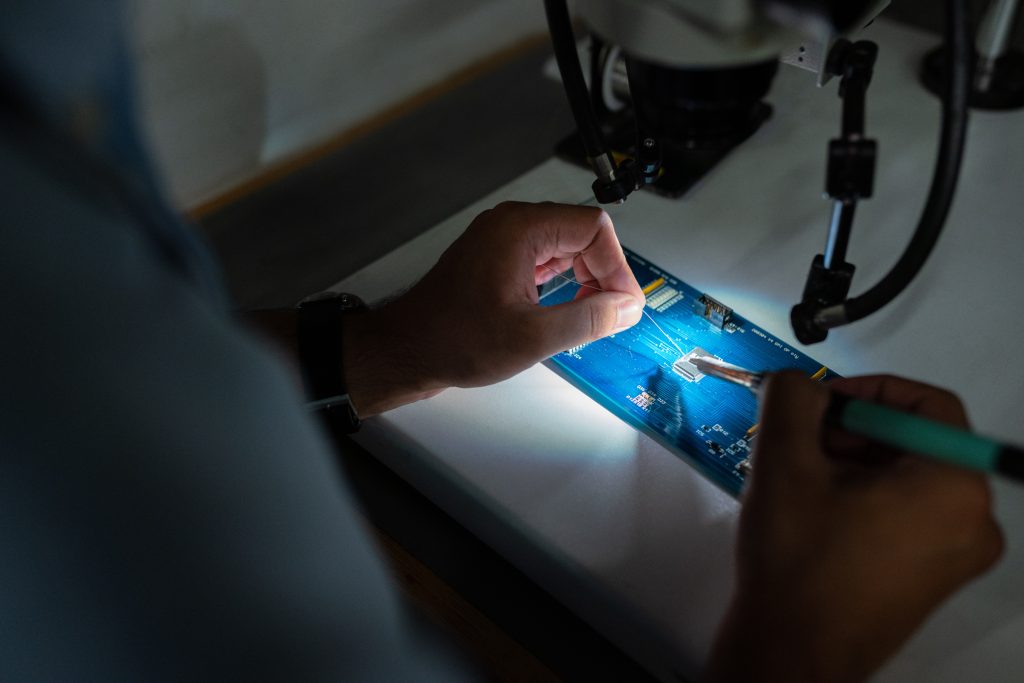Photo by Yogendra Singh on Unsplash
THE HEARABLES
The hearables are the smart technology-enabled over-the-ear or in-the-ear devices that are mainly used for music listening. The natural language assistant has equipped the hearables with the ability to talk. These smart assistant can interactively talk to the user using the inbuilt speakers, and then can also listen to the user with the help of the microphone. The hearables also have inbuilt features like ambient sound control and active noise cancellation.
The majority of the hearables use Bluetooth for wireless connectivity, which allows voice control of the smart phone with the help of the virtual assistant. Though not everyone is comfortable talking to these virtual assistants in public, however with the increasing use, it is becoming a new normal.

Every major smartphone and audio company in the world has launched its own hearables. Technology companies are merging the best of the audio, hardware, and software to create new solutions around the hearables. Google is deploying artificial intelligence-enabled voice assistant, while Amazon is focused on enhancing online shopping and audiobook experience with the help of the hearables.
There are already numerous applications of the hearables and it will be exciting to see what the consumers get to experience in coming years.
THE HEARABLES APPLICATIONS
The application of any technological solutions requires multiple functions to work in harmony. First and foremost is the underlying hardware technology, the second is the connectivity (mainly wireless), third is the software systems running on top of the hardware and fourth is the application ecosystem driven by the developer community.
Starting from pre-internet to the post-internet ear, all the consumer-oriented solutions have relied on these four major points for success. Whether it is Windows powering the majority of the world personal computer or Android changing the landscape of the mobile industry. The same is also applicable for the hearables, except that majority of these underlying solutions (hardware, software, connectivity, and ecosystem) already existed beforehand. With the hearables, the companies have simply taken the existing software/hardware infrastructure and extended it to the hearables. So far, the outcome has become anything but positive.
Entertainment has always been the default application of the hearables. The small form factor and features like active noise cancellation has surely taken the audio experience to the next level. The applications on the mobile devices can now connect to the hearables via Bluetooth, which provides an ability to control different features using the smart gestures.

Another major application of the hearables has been to swiftly interact with the voice assistant. The offloading of tasks after sending instructions via the hearables has made the smart devices more interactive. It can be used to retrieve important information like the weather forecast, nearby places, and many other useful data. All this has been possible due to the underlying smart hardware that can capture and process the natural voice.
The hearables also offer audio privacy and enable one to interact with the party on the other side without compromising the confidential information exchange. There are still gaps, mainly from the speaker’s point of view and it will take a breakthrough technology to overcome some of the gaps.
Cross reality by default requires a pair of devices to connect with ears. The hearables are the perfect candidate due to the smaller form factor. The hearables mixed with cross reality is going to provide new avenues on how to project information in the virtual world.
In the coming decade, the application areas of the hearables will surely expand.
THE HEARABLES OPPORTUNITY
The smart features requires the smartest of hardware and software.
The hearables might be marketed by a specific company, but a lot goes inside these little devices which requires effort from several design, development, and manufacturing companies. The software part is still being handled majorly by the vendors selling the hearables, but the application ecosystem opens up a lot of opportunities for the developers.
Hardware companies, mainly semiconductors, will have a lot of opportunities to launch new low power and smaller electronic audio/voice chip. Noise cancellation system will have to keep improving to consider the work from anywhere scenario, which also opens up new opportunity and revenue for the semiconductor companies. Context-awareness is another promising feature, for which the hearables will require smart sensors in order to adapt to the environment.
Wired charging will be phased out of the market in the next decade, and the hearables will also have to adopt wireless charging system. Already different wireless charging solutions are available in the market, but fast wireless charging will be the key until the battery technology evolves. A portable battery bank cum carrying case for the hearables will be another area that companies can target.
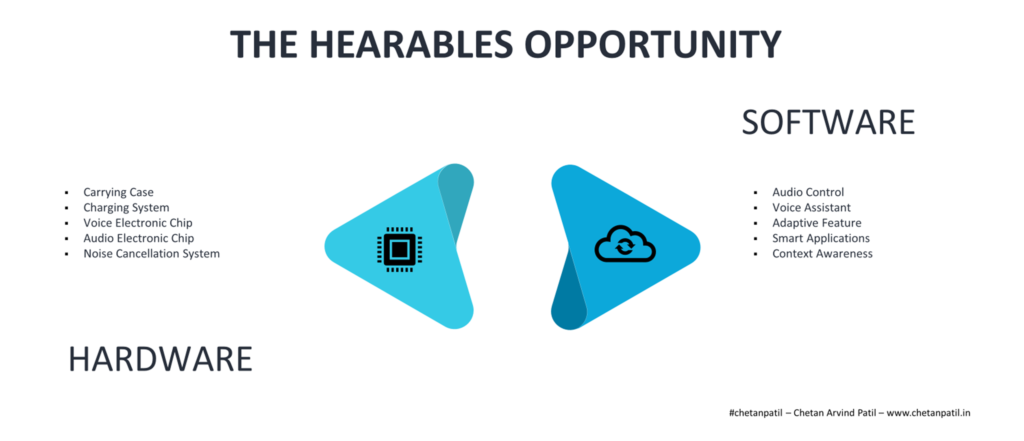
Software innovation will also open up new opportunities. It is expected that going forward the hearables will be able to connect with the cellular towers, and when that happens the services will have to be provided mostly over the voice. This will require smart applications to make most of the hearables. For example, the banking application on the hearables can provide details about the bank balance or initiate transfer with voice commands.
Voice assistants are already in use, but local language support will be the key. Providing local language support will increase the reach of the hearables. Audio control is already part of the hearables. Extending it beyond just the master mobile device will open up new ways to interact with the world. For example, controlling car infotainment using the hearables.
Hardware electronic chips can only cancel 70-80% of the noise. In order to achieve 100% noise cancellation, software adaptive features are required, which can capture and filter out the noise. Innovation around the software noise cancellation will also lower the cost of the hearables, as it will eliminate the need to have a dedicated hardware chip inside the hearables.
The hearables have opened new opportunities for both the hardware and software domains. The domain is expected to grow more in coming years.
THE HEARABLES FUTURE
Over the next decade, the adoption of the smart devices will increase, mostly in the developing market. With Google becoming more of an AI service business, many local vendors from the developing market can take advantage of its solution to provide locally manufactured smart hearables.
It is inevitable that Android will also find its way on the hearables and it will make them a standalone device rather an add-on one. However, to make the hearables work as a standalone system, it will be critical to provide better power management. Dynamic task management can only drive efficiency to a certain extend and that is why the advanced battery technology is need of the hour.

The development of the hearables as a technology platform will demand different form factors. Advanced semiconductor process nodes along with flexible hybrid electronics will ensure that hearables become much smaller and flexible than they are now.
Expansion of 5G small cell connectivity will ensure that the hearables can form a network that securely allows sharing of the information within a specific range. This will take the person-to-person voice communication to a new level and make the hearables smarter than ever.
One of the major domains that every smart device eventually tries to target is healthcare. The hearables are yet to enter this market due to the limited use case. It will be exciting to see how the evolution of the hearables occurs over the next decade from healthcare point of view.
The hearables have got lot of traction and have already captured the market faster than other smart devices. Next few years will be exciting as the innovation around the hearables grows.
